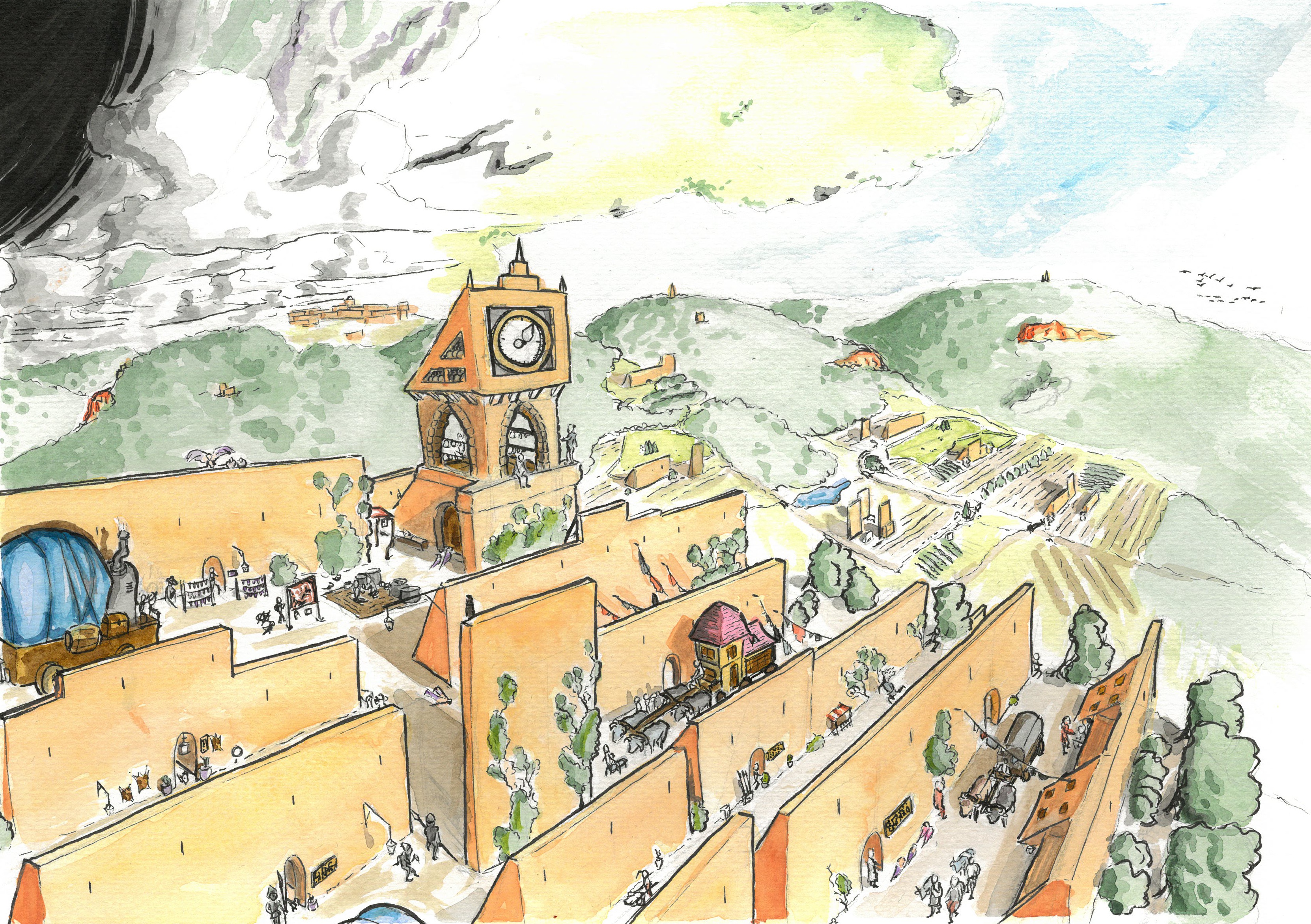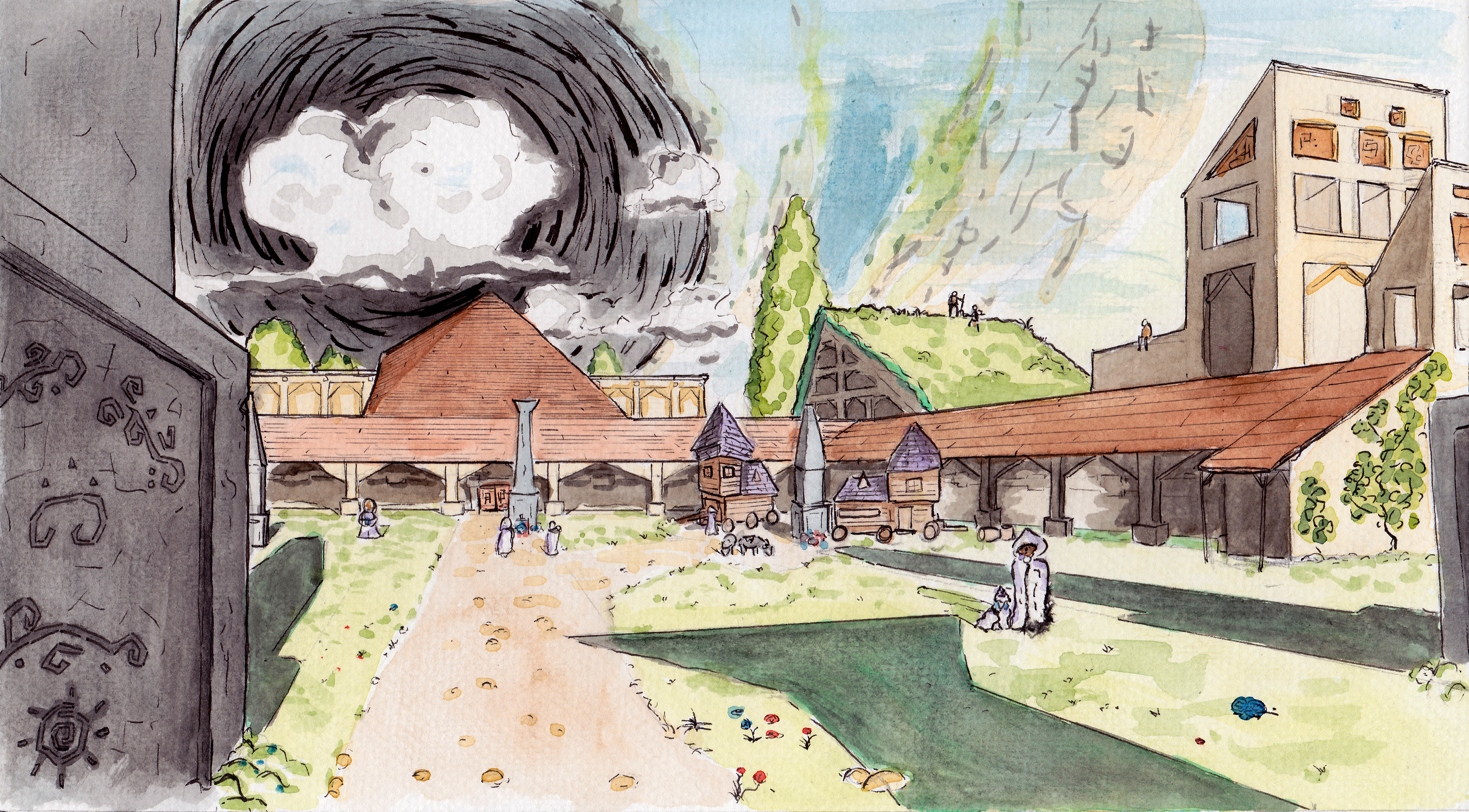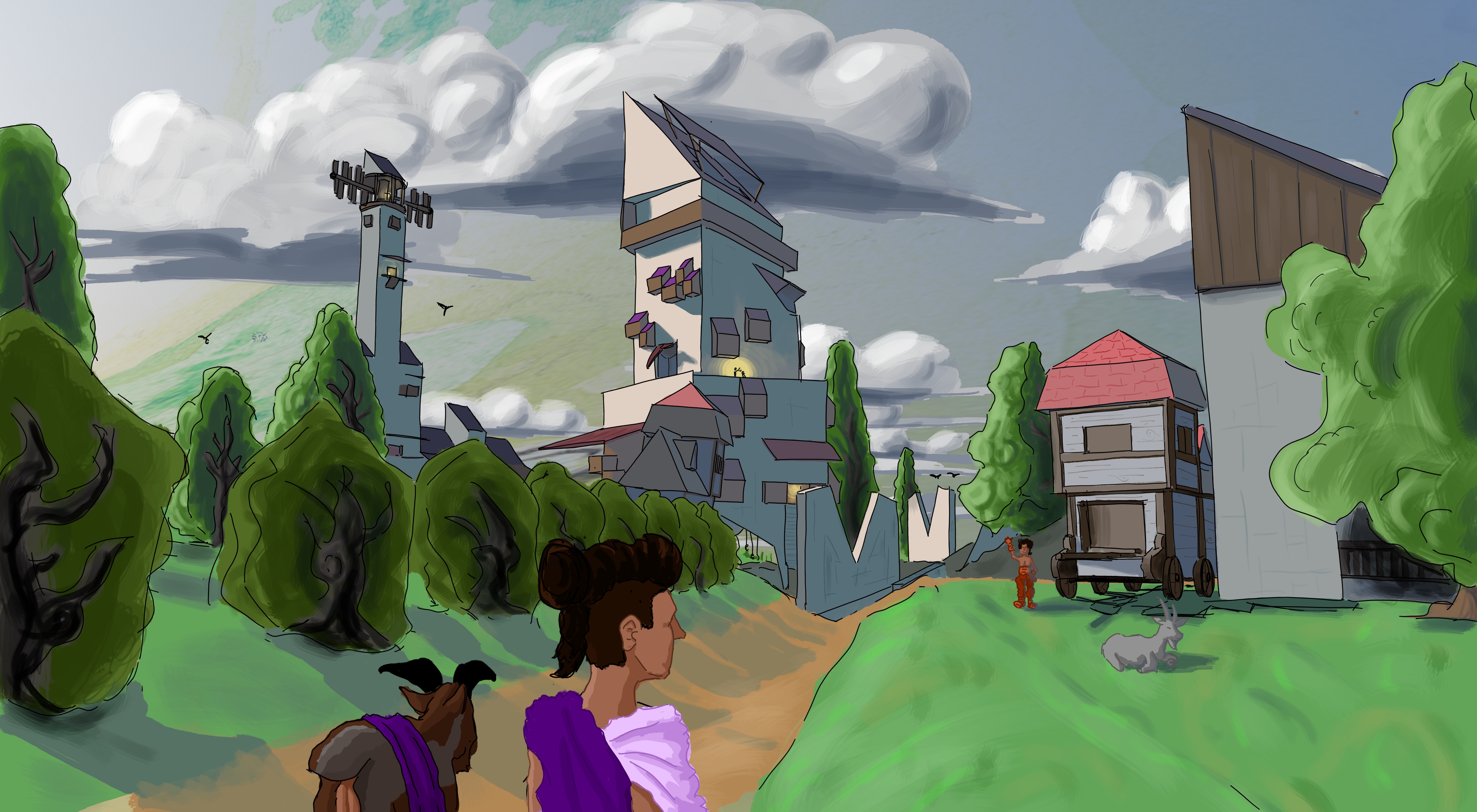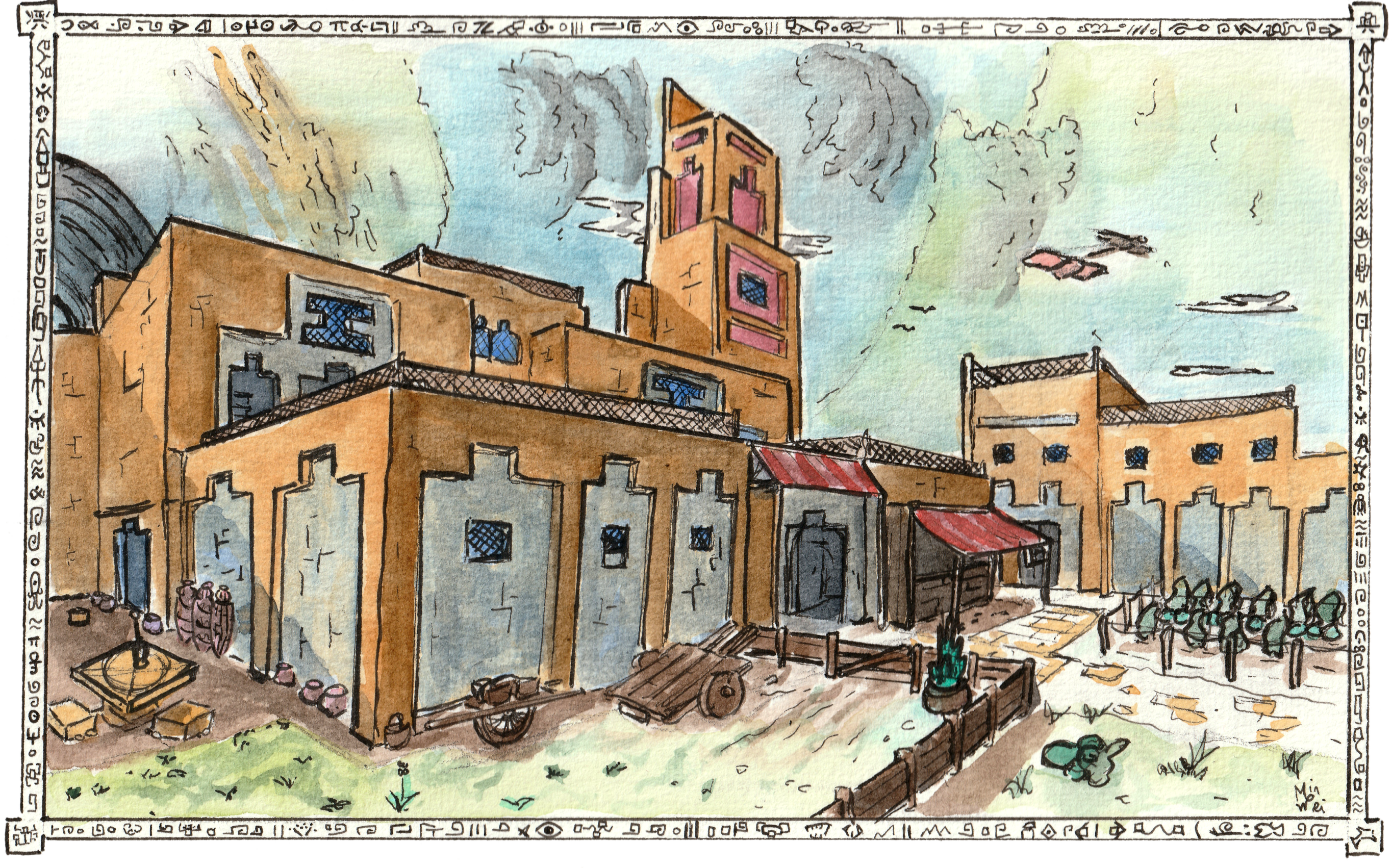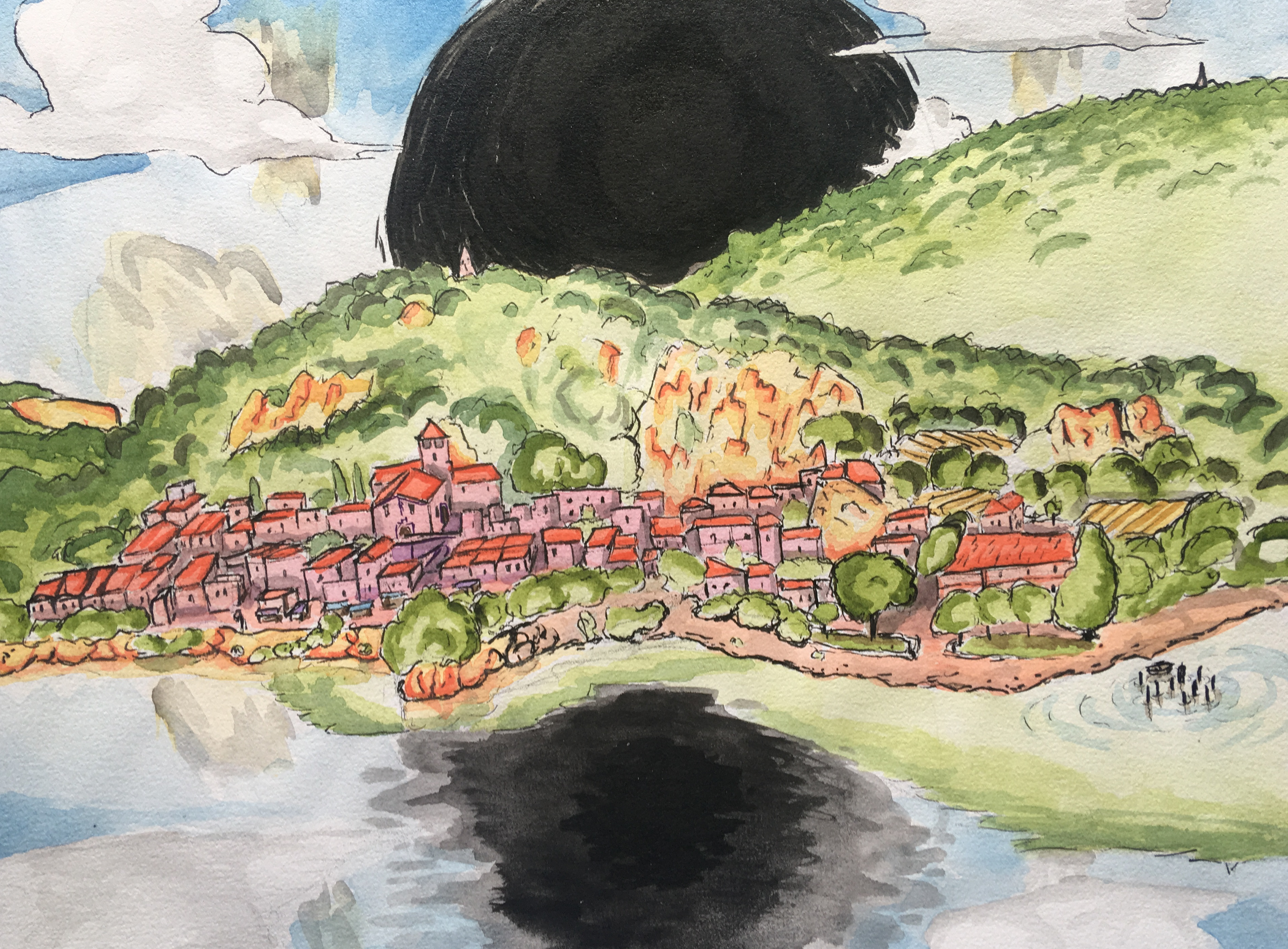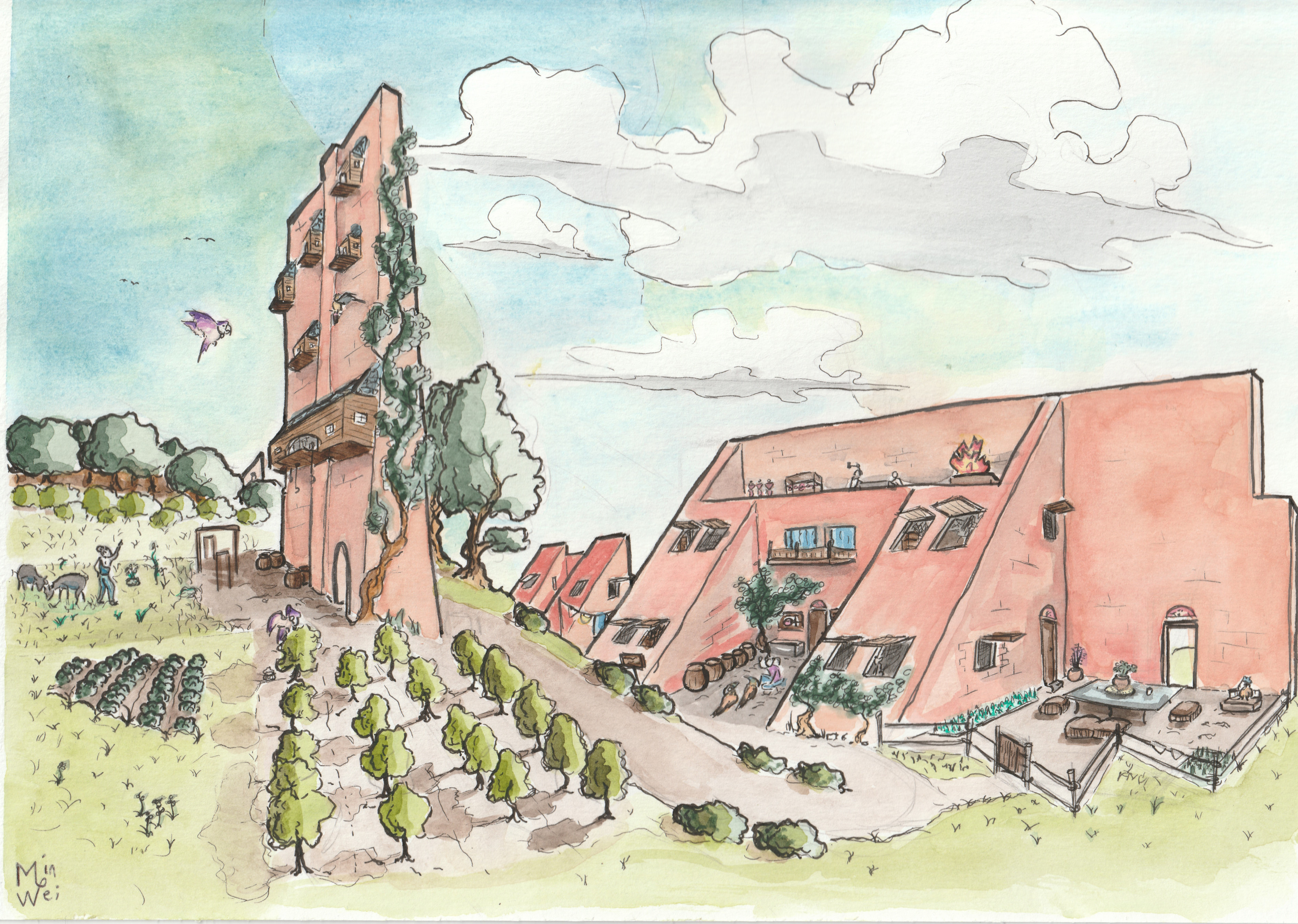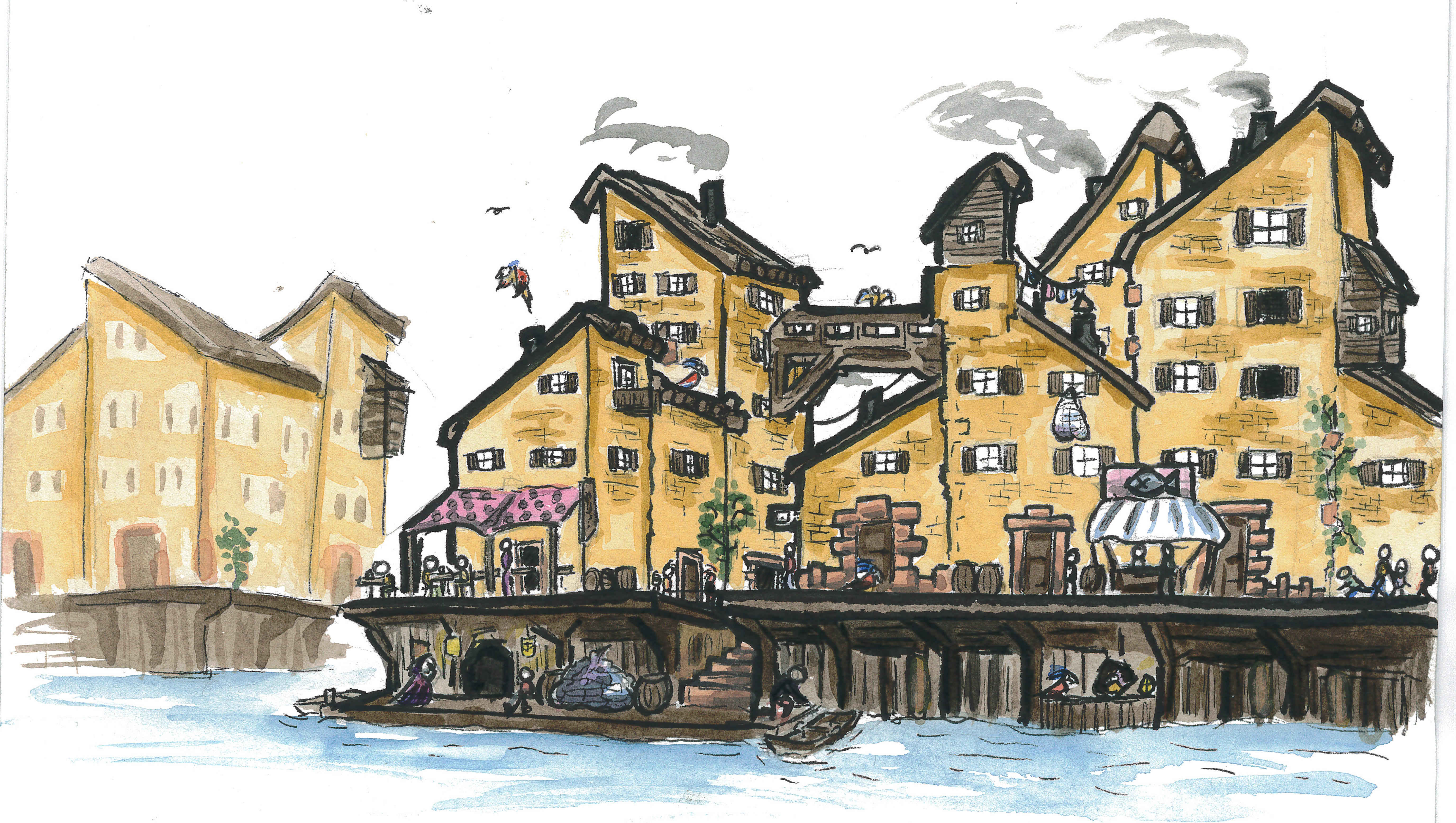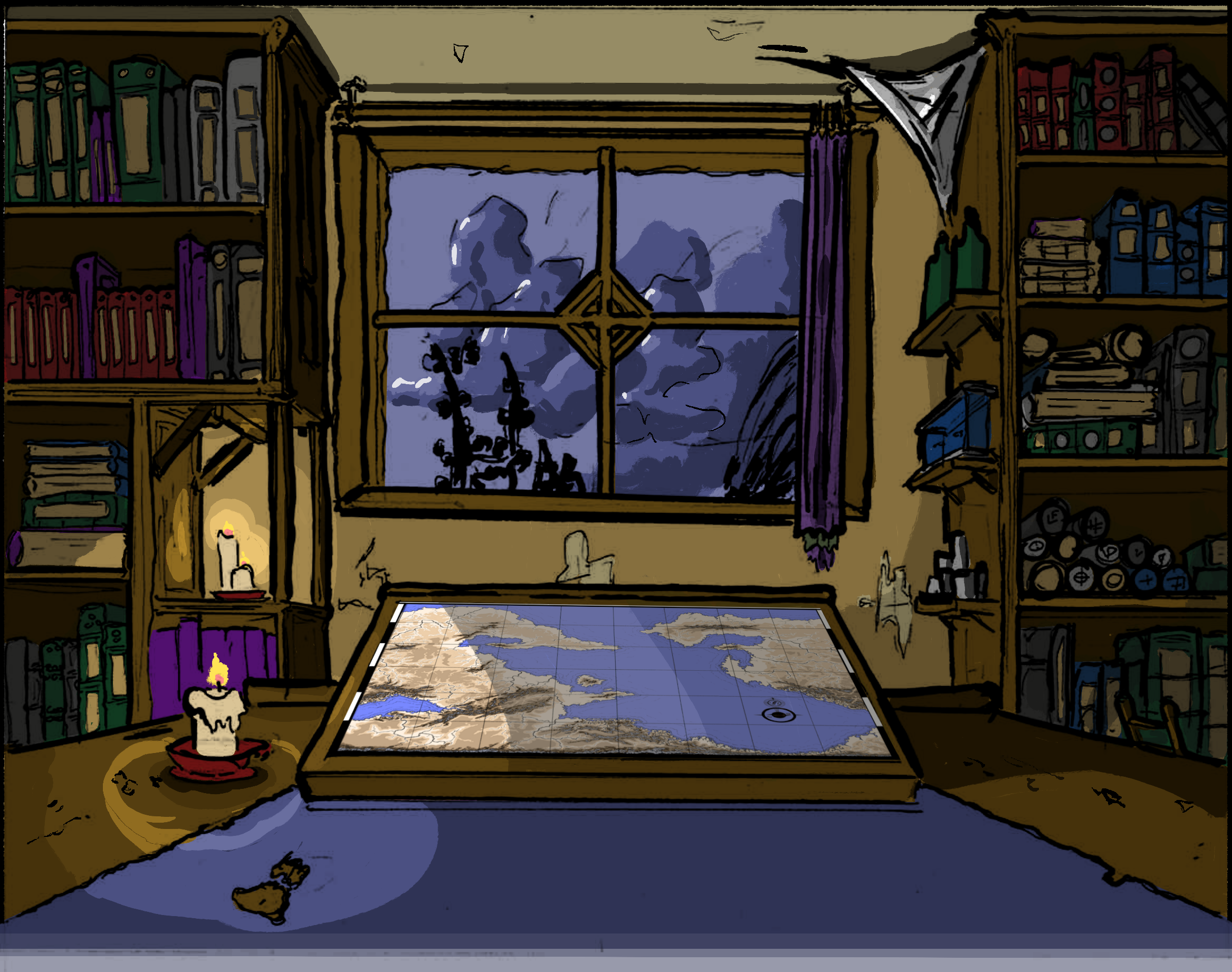
The Cylinder's Library A point of observation
Autumn 13, 231
.̸.̴.̵
.̶̜̀̀.̴͉̓.̶̥̈́͐͜
Ę̵̛̘͆̄͐̆͝͠͠x̸̨̟̟̝͈̦͍̬̪̱̂̑̽͂̀̇̌̂͜͝ͅi̸̜̻͇̤̲̎̉̑͆͆͐̑̂͐́͌͠ͅs̶͍̜̘̏̎̅́̒͑͐͝t̵̡̘͙̻͈͓͚̬͚́̃͂̋͜.̴̺͇͈̘̬̰̹̥͈̩̙̮̫̒͐̉̾͂̋̈̊̄̃̈́̈́̓
You are in what appears to be a candle-lit wooden room. Facing you, dozens of bookshelves and a writing desk surround a small window, opening toward a landscape you cannot recognize.
You have no idea of what, where, or when you are. You do not know how you ended up where you are. While you can sense and experience your surroundings, you cannot feel yourself.
While you cannot directly move, a piece of parchment is facing you, placed directly upon the desk.
To whoever may be reading, You may or may not be coming from here. I so happen to have been your predecessor. Welcome to the Cylinder.Further on your table, a few files have been disposed, seemingly for you to read them. You can choose to diriectly inspect them, so as to understand their nature.
General introduction:
The first file that has been placed for you is marked by a short note:An introduction would be preferable to understand your situation.

by Pouaseuille
Articles to read:
One set of letters have been placed down your table.

by Pouaseuille
Two similar files have been placed. They seem to relate to two medium-sized towns: Springvley, and Figmenton.

by Pouaseuille
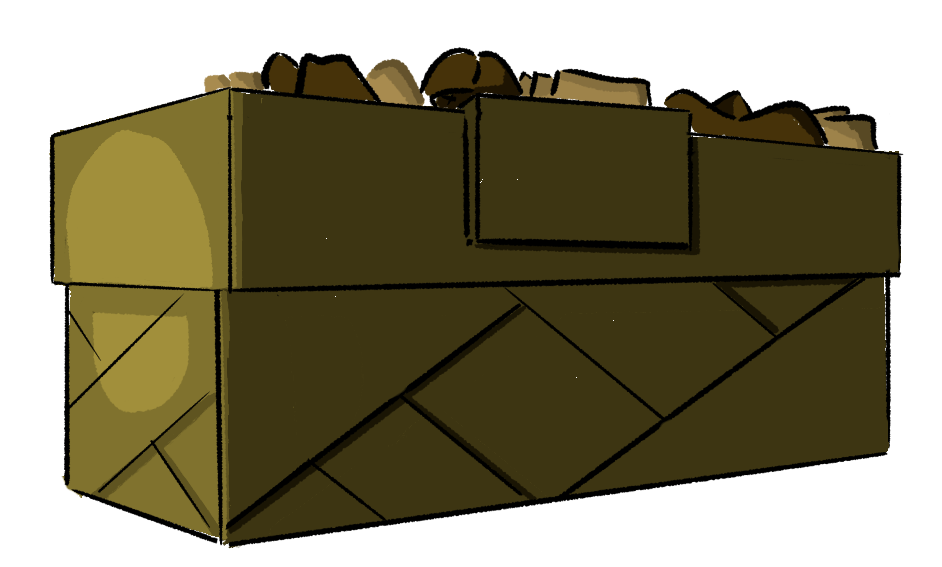
by Pouaseuille
Sights to see:
Paintings and landscapes collected from across the world lay at random there.The Cylinder's Library has 580 Audiors
All the content displayed in Maana's Cylinder, and Maana's Expansion, was created by Pouaseuille unless specified.


